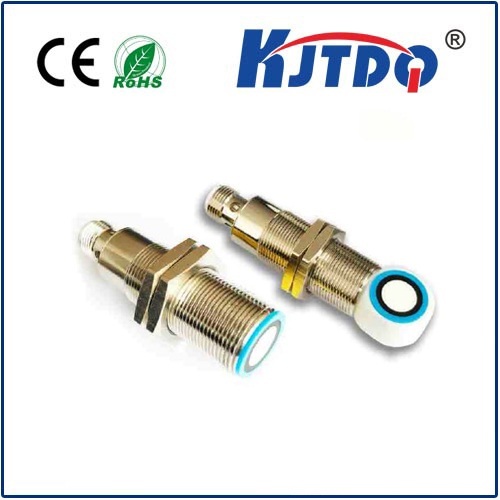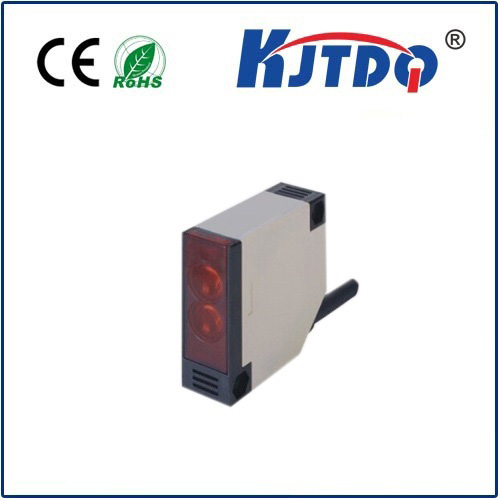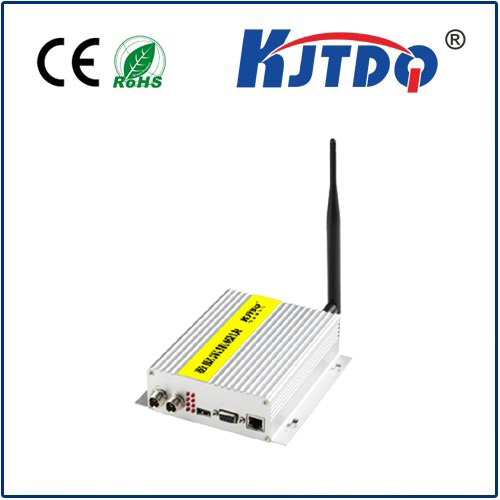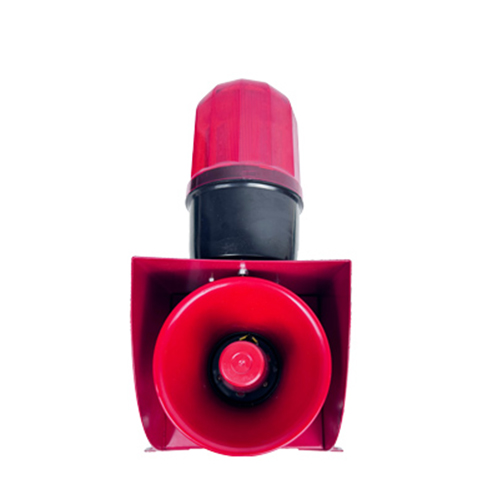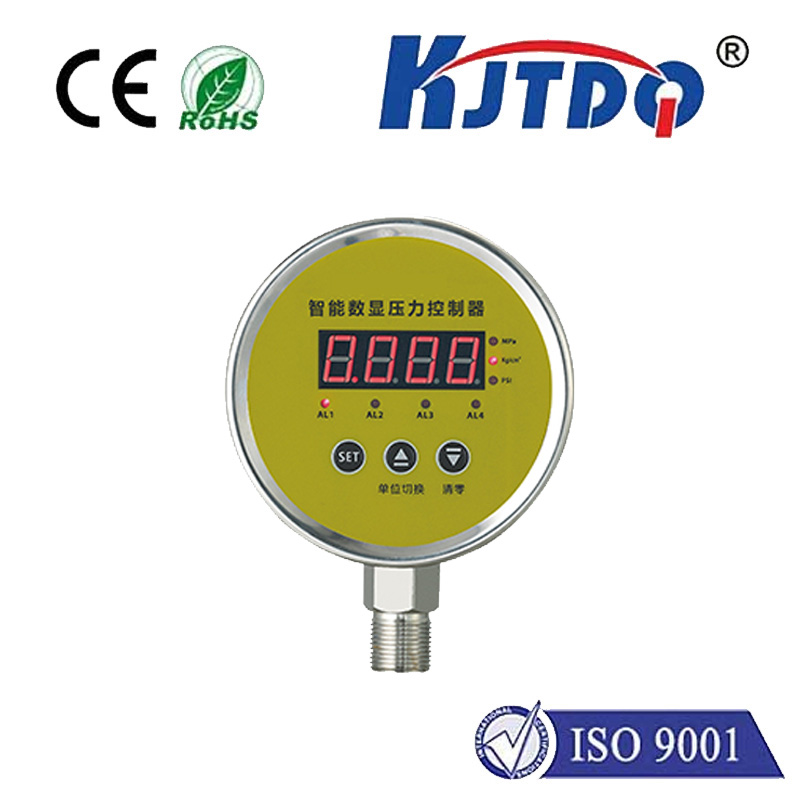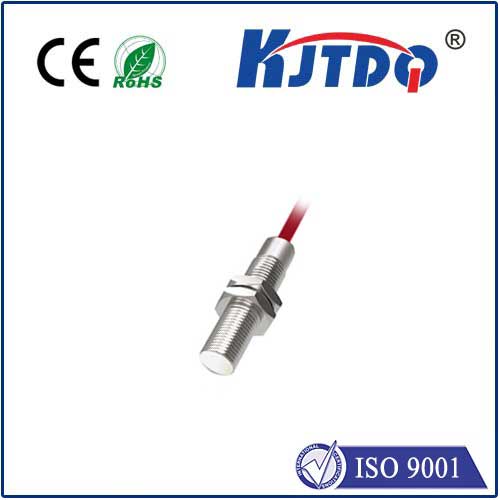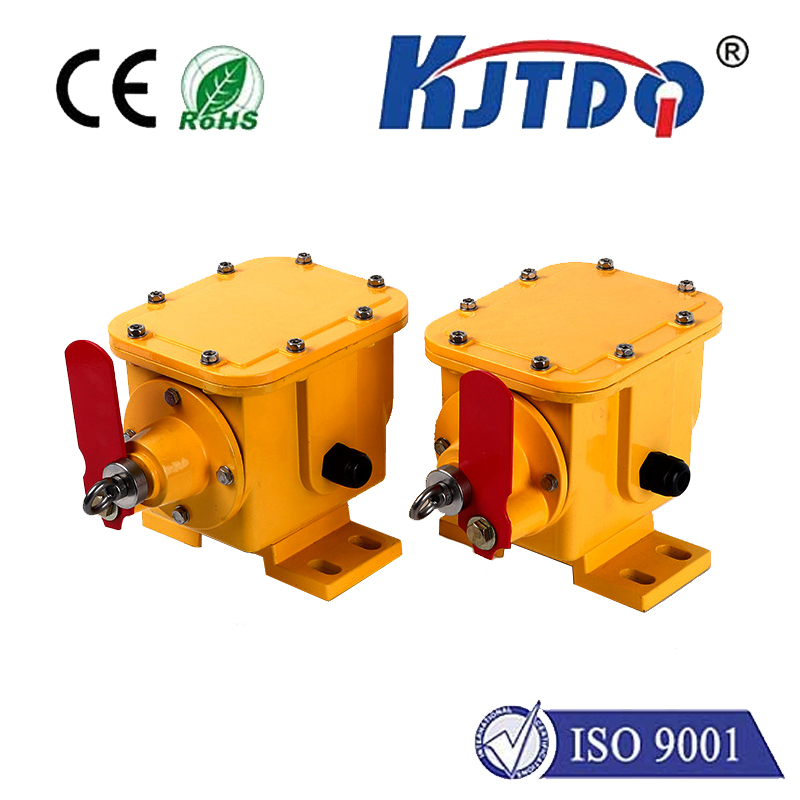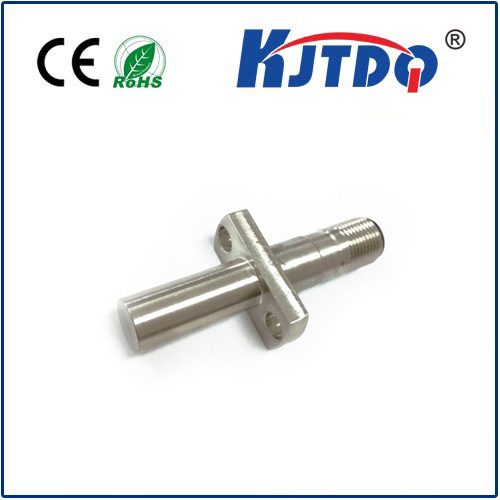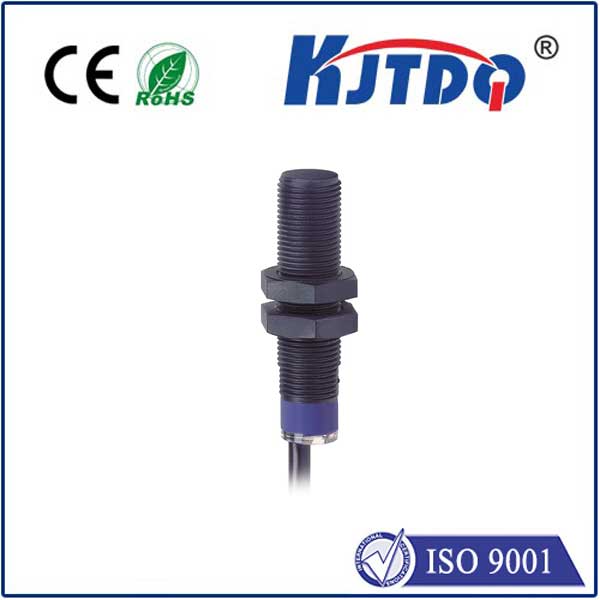rangkaian sensor proximity
- time:2025-06-24 01:11:32
- Click:0
Proximity Sensor Circuits: Design Essentials for Reliable Detection
Imagine a world where machines remain oblivious to their surroundings – robotic arms crashing into objects, assembly lines jamming constantly, elevators closing on unseen obstacles. It sounds chaotic, inefficient, and frankly, dangerous. Thankfully, proximity sensor circuits are the unsung heroes preventing this reality. These ingenious electronic systems form the critical link between a sensor’s ability to detect nearby objects without physical contact and the subsequent intelligent actions taken by machinery or control systems. Understanding the design and function of rangkaian sensor proximity (proximity sensor circuits) is fundamental for engineers, technicians, and anyone involved in industrial automation, robotics, smart devices, and countless other applications demanding reliable non-contact object detection.
At its heart, a proximity sensor circuit integrates the sensing element itself with the necessary electronics to process its signal and produce a usable output. The type of sensor dictates the circuit’s core operation. Let’s explore the most common variants:

- Inductive Proximity Sensor Circuits: These detect metallic targets. The circuit revolves around an oscillator coil generating a high-frequency electromagnetic field. When a metal object enters this field, eddy currents are induced within the target, causing a measurable change in the oscillator’s characteristics (amplitude or frequency decay). The circuit monitors this change. A subsequent stage, often called the trigger circuit, compares the oscillator’s output level against a pre-set threshold. When the change exceeds this threshold – indicating target presence within the effective sensing range – the circuit activates its output (switching a transistor, relay, or providing a logic signal). Sensitivity adjustment might be incorporated.
- Capacitive Proximity Sensor Circuits: These detect both metallic and non-metallic objects (plastics, liquids, wood) by sensing changes in capacitance. The sensor acts as one plate of a capacitor; the target (or a change in material near the sensor) acts as the other plate. The circuit measures the capacitance between the sensor electrode and ground. As a target approaches, the capacitance increases. This change is detected, typically by incorporating the sensor into an RC oscillator circuit or using a dedicated capacitance-to-digital converter (CDC). The detection threshold is set, and the output signal changes state upon detection.
- Ultrasonic Proximity Sensor Circuits: These measure the time-of-flight of high-frequency sound waves. The circuit generates ultrasonic pulses (often near 40kHz) via a piezoelectric transmitter. It then listens for the echo reflected off a target object using a microphone/receiver. Sophisticated timing circuits (time-to-digital converters) precisely measure the interval between pulse emission and echo reception. This time delay, proportional to distance, is compared against thresholds to determine object presence and even measure distance.
Regardless of the sensing technology, a well-designed rangkaian sensor proximity incorporates several critical elements beyond the core detection principle:
- Signal Conditioning & Amplification: Raw sensor signals are often weak or noisy. Operational amplifiers (Op-Amps) are crucial for boosting the signal to usable levels and filtering out unwanted electrical noise or interference (EMI/RFI).
- Hysteresis: This is a fundamental concept in sensor circuits. Without it, minor fluctuations near the detection threshold could cause the output to chatter (rapidly turn on and off). Hysteresis creates a “dead band” by having different thresholds for turning on and off. For example, the output might activate when the signal reaches level X but only deactivate when it falls below level Y (where Y < X). This ensures stable, bounce-free switching, critical for reliable control.
- Output Stage: The processed signal needs to interface with the larger control system. Common output configurations include:
- NPN/PNP Transistor (Sinking/Sourcing): Standard DC outputs compatible with PLCs, microcontrollers, and relays.
- Solid-State Relay (SSR): For switching AC loads directly.
- Analog Voltage/Current: (e.g., 0-10V, 4-20mA) for providing continuous distance information, not just presence/absence.
- Power Supply Regulation & Protection: Stable voltage is essential for accurate sensor operation. Circuits often include voltage regulators and protection against reverse polarity, overvoltage, and short circuits. Surge suppression components might be needed in harsh electrical environments.
- Indicator LEDs: Visual feedback (power on, target detected) is invaluable for setup, troubleshooting, and system monitoring.
Designing robust proximity sensor circuits requires careful consideration of several factors:
- Target Material & Size: Dictates the choice of sensor type (inductive for metal, capacitive for wider range, ultrasonic for distance).
- Required Sensing Range: Determines power levels (for ultrasonic/IR) and coil size/configuration (inductive).
- Operating Environment: Temperature extremes, moisture, dust, chemicals, vibration, and intense electrical noise demand appropriate component selection, robust enclosures (IP ratings), and effective noise filtering techniques (shielding, proper grounding).
- Output Requirements: Discrete switching vs. analog output? Voltage levels? Current sinking/sourcing capability?
- Speed of Detection: How quickly must the circuit respond to target changes? Affects circuit bandwidth and processing speed.
- Hysteresis Setting: Needs adjustment to balance noise immunity and sensitivity.
The applications for proximity sensor circuits are vast and growing:
- Industrial Automation: Object detection on conveyor belts, end-of-travel limits for cylinders and slides, part presence/absence verification in assembly machines, robotic work cell safety, position sensing.
- Automotive: Gear position sensing, brake pedal position, anti-pinch systems for windows/sunroofs, collision avoidance systems, fluid level sensing.
- Consumer Electronics: Smartphone screen on/off detection during calls, automatic faucets and soap dispensers, robotic vacuum cleaners, touchless interfaces.
- Building Automation: Occupancy detection for lighting/HVAC control, automatic doors, elevator safety barriers.
- Security Systems: Intruder detection near entry points or valuables.
Optimizing a rangkaian sensor proximity involves more than just choosing the right sensor head. The interconnect wiring is crucial – using shielded cables and keeping runs short minimizes noise pickup. Sensor alignment relative to the target significantly impacts reliability; consult the sensor’s datasheet for optimal mounting configurations. Always factor in environmental factors like extreme temperatures, condensation, or corrosive agents when selecting both sensor and housing.
Implementing effective non-contact sensing through well-designed proximity sensor circuits delivers immense value: enhanced safety for personnel and machinery, increased efficiency by preventing collisions and downtime, improved reliability through consistent detection, and the enabling of automation across countless industries. As technology advances, sensor circuits become more integrated, intelligent, and miniaturized, opening doors to even more sophisticated applications where machines seamlessly perceive and interact with their physical world. The foundational principles of signal conditioning, hysteresis, robust output handling, and environmental resilience remain the bedrock of creating these vital electronic sentinels.






